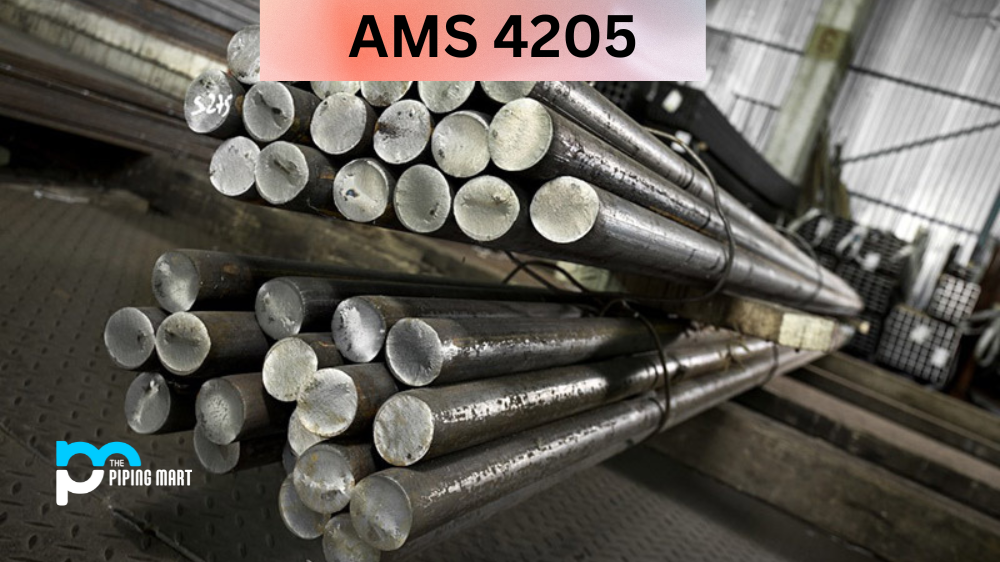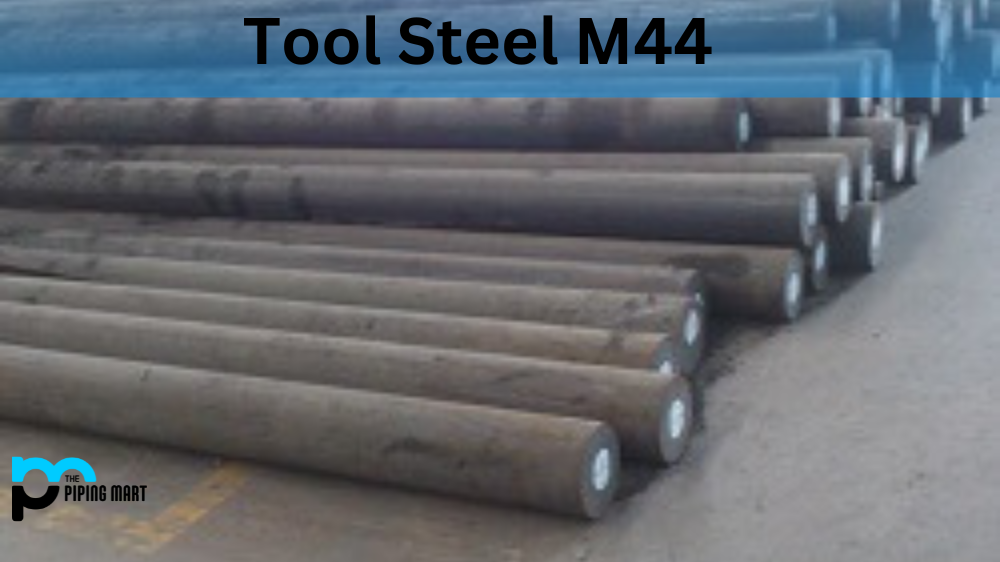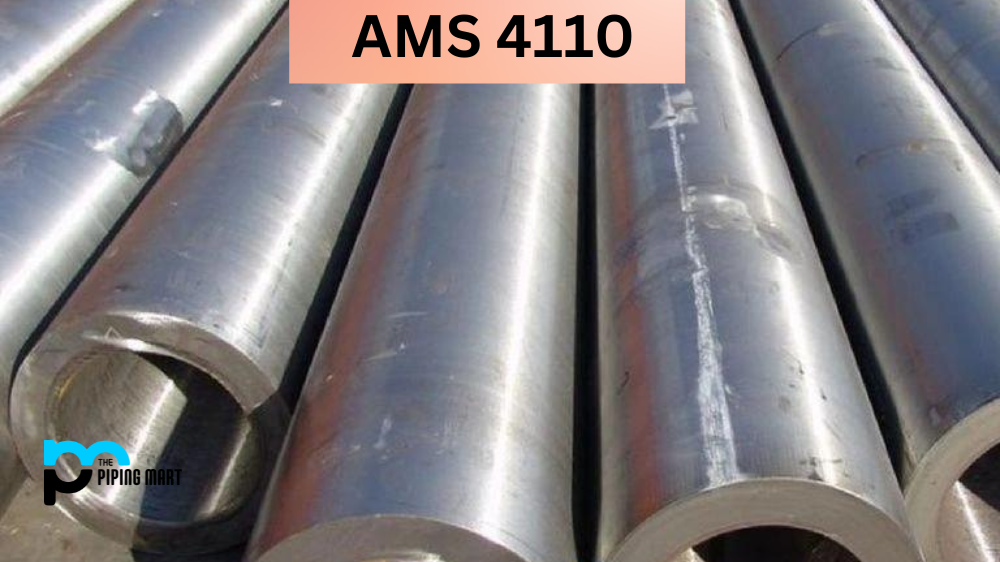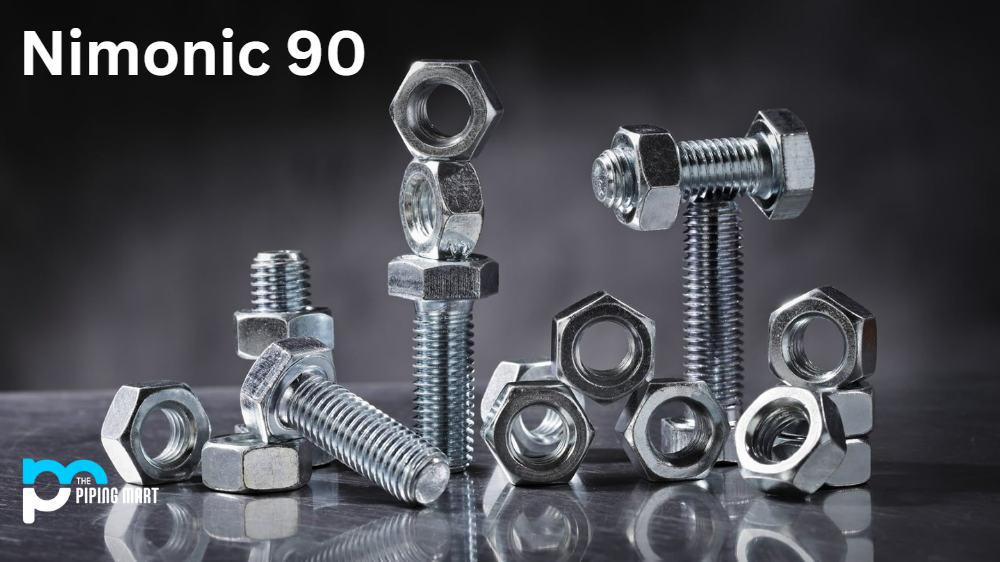AMS4205 is a popular aerospace specification that establishes high-strength aluminium alloy sheets and plate requirements. The specification incorporates alloy 7075, known for its excellent strength-to-weight ratio and superior mechanical properties. Because of its unique characteristics, AMS 4205 has become a highly sought-after material for various aerospace and industrial applications. In this blog post, we’ll dive deep into the composition, physical and mechanical properties, uses hardness, and heat treatment of AMS4205.
What is AMS 4205?
AMS 4205 (also known as 7010 Aluminum Alloy) is a specification developed by SAE International that defines the requirements for aviation hydraulic fluid. This specification emphasizes the need for hydraulic fluids that perform well in various temperatures, offer excellent wear protection, and resist corrosion and oxidation. It provides a clear set of guidelines for manufacturers to follow to ensure the hydraulic fluid they produce meets the specific requirements of the aviation industry. Adhering to the AMS4205 specification, aviation hydraulic fluid can meet the strict safety standards for aircraft operations.
AMS 4205 Composition
As previously mentioned, AMS 4205 is an aluminium alloy containing 5.6-6.1% zinc, 2.1-2.5% magnesium, 1.2-1.6% copper, and small traces of other elements. This composition provides AMS 4205 with excellent strength, durability, and corrosion resistance. The alloy is typically manufactured through the solution heat treatment followed by a quenching and precipitation hardening.
| Element | Content (%) |
|---|---|
| Aluminum, Al | 87.8 – 90.6 |
| Zinc, Zn | 5.70 – 6.70 |
| Magnesium, Mg | 2.10 – 2.60 |
| Copper, Cu | 1.50 – 2.0 |
| Iron, Fe | 0.15 |
| Zirconium, Zr | 0.10 – 0.16 |
| Silicon, Si | 0.12 |
| Manganese, Mn | 0.10 |
| Titanium, Ti | 0.060 |
| Chromium, Cr | 0.050 |
| Nickel, Ni | 0.050 |
| Other, total | 0.15 |
| Other, each | 0.050 |
AMS 4205 Physical Properties
AMS 4205 exhibits impressive physical properties, making it a popular choice for aerospace applications. The alloy’s density is around 2.81 g/cm³, boasting a tensile yield strength of 475 MPa. AMS 4205 also has a melting point of 477°C and a thermal conductivity of 130 W/m.K.
| Physical Properties | Value |
| Density | 2.81 g/cm3 |
| Melting Point | 475 °C |
| Modulus of Elasticity | 71 GPa |
| Thermal Conductivity | 150 W/m.K |
AMS 4205 Mechanical Properties
AMS 4205 has exceptional mechanical properties that make it ideal for high-stress applications. The alloy’s ultimate tensile strength is around 560 MPa, with an elongation of 7%. Moreover, AMS 4205 provides excellent resistance to stress corrosion cracking and can withstand high temperatures and extreme environments.
| Mechanical Properties | Value |
| Yield Strength | 530 MPa |
| Elongation A50 mm | %8 |
| Modulus of Elasticity | 71 GPa |
AMS 4205 Equivalents
- AMS 4203
- AMS 4204
- AMS 4205
AMS 4205 Uses
AMS 4205 is a widely used material in the aerospace industry, where strength and durability are paramount. The alloy is used for building aircraft structures, such as wings, fuselages, and landing gears. AMS 4205 is also used in missile components, satellite launch vehicles, and other space applications. Outside the aerospace industry, AMS 4205 is used in high-performance cars, sports equipment, and industrial machinery.
AMS 4205 Hardness
AMS 4205 has a hardness of around 150 on the Brinell scale, making it a very hard material. The high hardness of the material makes it challenging to machine, but it also provides the alloy with excellent wear resistance and strength.
AMS 4205 Heat treatment
AMS 4205 requires specific heat treatment to achieve its superior mechanical properties. The process typically involves solution heat treatment, where the alloy is heated to 480°C and held for a specific time, followed by quenching in water. The material is then subjected to a precipitation hardening process, which improves its strength and durability.
Conclusion
AMS 4205 is a highly sought-after material in the aerospace industry and beyond, thanks to its excellent mechanical and physical properties. The alloy’s unique characteristics make it ideal for building high-performance structures, with exceptional resistance to stress corrosion cracking, high temperatures, and extreme environments. The composition, physical and mechanical properties, uses, hardness and heat treatment of AMS 4205 make it versatile, making it the go-to material for many applications. By understanding the properties and capabilities of AMS 4205, engineers and designers can make informed choices when selecting materials for their projects.

Pipingmart is a B2B portal that specializes in metal, industrial and piping items. Additionally, we share the latest information and information about materials, products and various types of grades to assist businesses that are involved in this business.




